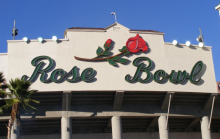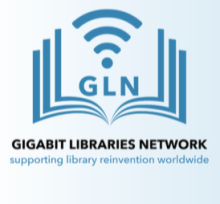Connectivity: Coming Up Roses Since The 90s In Pasadena
Most people associate Pasadena with the annual Tournament of Roses parade and the Rose Bowl football game, but under the flowery surface, fiber is connecting Pasadena’s municipal facilities, businesses, and electric utility substations. Pasadena developed its fiber optic network to improve electric utility efficiency but also with an eye toward the future. When they invested in the infrastructure, community leaders anticipated that economic development would thrive in communities with ample high-quality connectivity.
Lori Sandoval, Telecom and Regulatory Administrator for Pasadena's Department of Information Technology was involved in the development of Pasadena's fiber network from the beginning and she shared the story with us. She also provided some lessons learned so other communities can get the most out of Pasadena's experience.
A Community Of Culture
The community of approximately 140,000 people was one of the first incorporated in what is now Los Angeles County and considered a cultural hub. IN addition to Caltech, Pasadena City College and the ArtCenter College of Design, the Pasadena Playhouse and several museums are there. JPL and Kaiser Permanente are two of its largest employers. Its school system, Pasadena Unified School District, extends beyond the reach of the city. Pasadena has been celebrated for its architecture, especially it 1930s bungalows and many historical estates.
How It All Started
In the mid-1990s, the community included construction of a fiber optic network in its strategic plan. Pasadena Water and Power had been using old copper lines for communications between substations and needed to replace them with something more reliable that also provided more bandwidth. During this same period, the City Manager’s Office was investigating ways to create new revenue and local businesses were finding that they could not obtain the Internet services they needed from incumbent ISPs.



